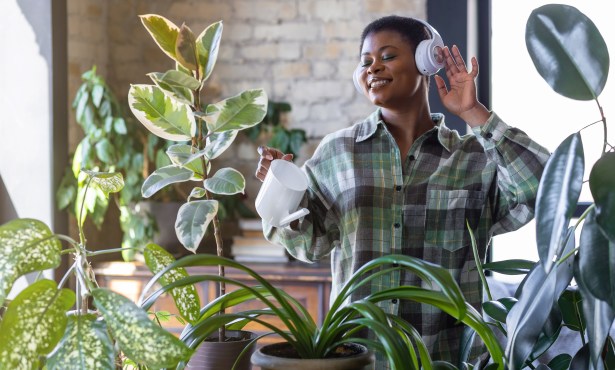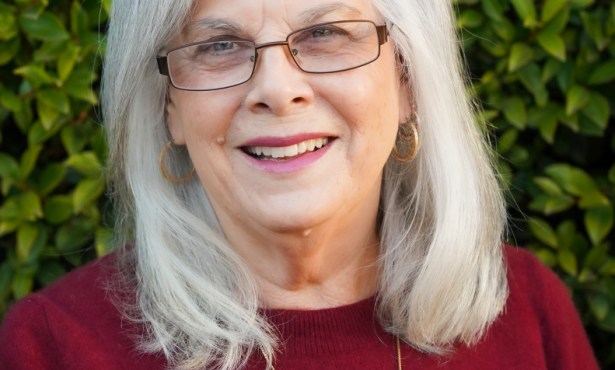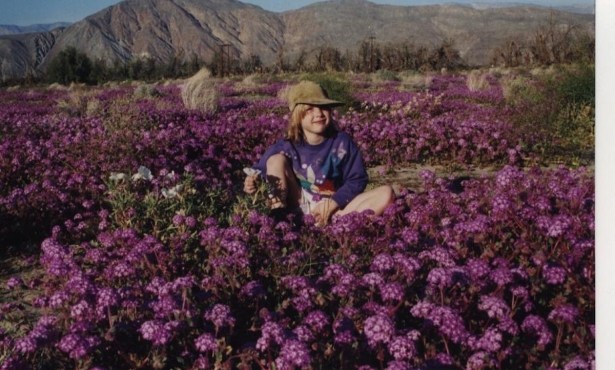Appreciating ‘Spanish Colonial Style’
New Book on Santa Barbara Architects James Osborne Craig and Mary M. Craig
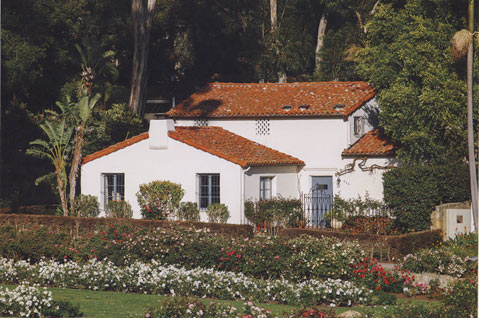
Judging Spanish Colonial Style by its main title alone, it would be easy to mistake this handsome collaboration between Rizzoli and the Santa Barbara Historical Museum for another coffee-table book with pictures of beautiful houses. As pleasurable as those can be, the rest of the title — Santa Barbara and the Architecture of James Osborne Craig and Mary McLaughlin Craig — describes something quite different and even more valuable, at least to those who wish to understand and appreciate the distinctive history of our beautiful city. Thanks to co-authors Pamela Skewes-Cox and Robert Sweeney, Spanish Colonial Style provides a significantly new appreciation of the golden age of Santa Barbara architecture, an enthralling account of a tragically short married partnership, and the fascinating story of the determined woman who survived it.
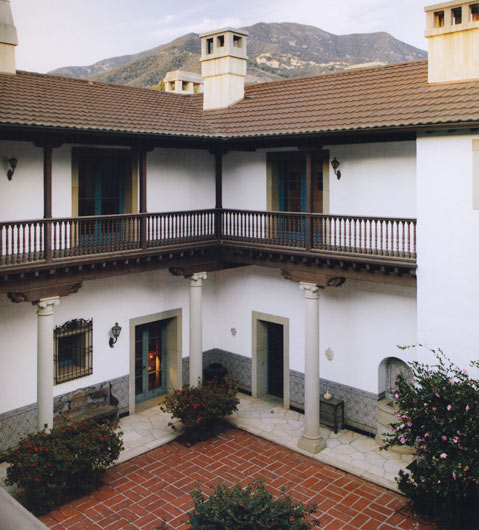
How many times have I sat in the elegant Mary Craig Auditorium at the Santa Barbara Museum of Art without giving a second thought to the woman after whom the venue is named? It won’t happen again, not after this wild ride through the life and times of the young girl from Deadwood who grew up to become one of the area’s most influential and highly regarded architects. Without the tragic death of her husband when he was just 33 years old, it’s unlikely that Mary McLaughlin Craig would have ever considered running her own firm. But when forced by circumstances to discover a way to support herself and her young daughter, Craig became a major driver throughout Santa Barbara architecture’s period of greatest creative ferment.
Reared by a tough company lawyer in one of the West’s most notorious mining towns, Mary McLaughlin acquired a broad humanistic education thanks to the Georgetown Visitation Preparatory School in Washington, D.C. She met James Osborne Craig, a recent immigrant from Scotland and a talented draftsman, when they were both idealistic youths. He declared his love early on and pursued Mary McLaughlin through a thicket of other suitors, most of them Ivy League swells from Montecito or Pasadena.
With his marriage to Mary secured, in 1921 Osborne Craig turned his attention to a property recently acquired by Bernard and Irene Hoffman just north and east of the city’s historic Casa de la Guerra. Inspired by the restoration of the Casa undertaken by Francis T. Underhill beginning in 1910, Craig sketched a large structure that would occupy most of the block immediately to the north and east of De la Guerra Plaza. Extending all the way to Canon Perdido Street and containing interior walkways lined with fashionable shops and artists’ studios, Santa Barbara’s El Paseo was born.
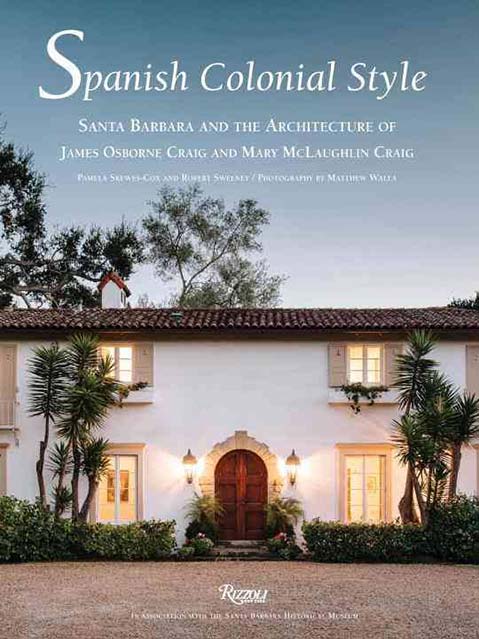
As early as the planning stage, Osborne Craig’s fantastic Spanish Colonial vision was embraced by the city’s oligarchy. None other than Thomas M. Storke, publisher of the Daily News and Santa Barbara’s top power broker, praised what Craig had drawn as “the most wonderful thing in the history of Santa Barbara!” in an editorial on February 6, 1922.
This was a good thing, as momentum would be a crucial factor in the completion of the project. James Osborne Craig died of chronic lung problems just weeks later on March 15, and without the preapproval of such city elders as Storke and the persistence of the Hoffmans, his dream might never have been realized. Thus the architectural character of Santa Barbara was decisively influenced by a man who did not live to see his Spanish Colonial dreams become reality.
Mary Craig, however, continued her husband’s mission with a flair and passion that, while perhaps not as critical, nevertheless became more pervasive. Everywhere you look in Santa Barbara and Montecito, traces can be seen of Mary Craig’s sophisticated handiwork. Many of these buildings are grand houses in the manner of George Washington Smith and Bertram Goodhue, but others, such as the Plaza Rubio complex across from the Mission Rose Garden, point the way toward the more modest version of Spanish Colonial style that dominates our city’s most pleasant neighborhoods to this day. Thanks to Pamela Skewes-Cox and Robert Sweeney, the Craigs’ extraordinary archive and romantic life stories are now available to a wider audience that cares about how Santa Barbara became so beautiful.
Spanish Colonial Style ($55; 272 pages) is on sale at the Santa Barbara Historical Museum (136 E. De la Guerra St.) and other bookstores around town. See spanishcolonialstyle.org.

